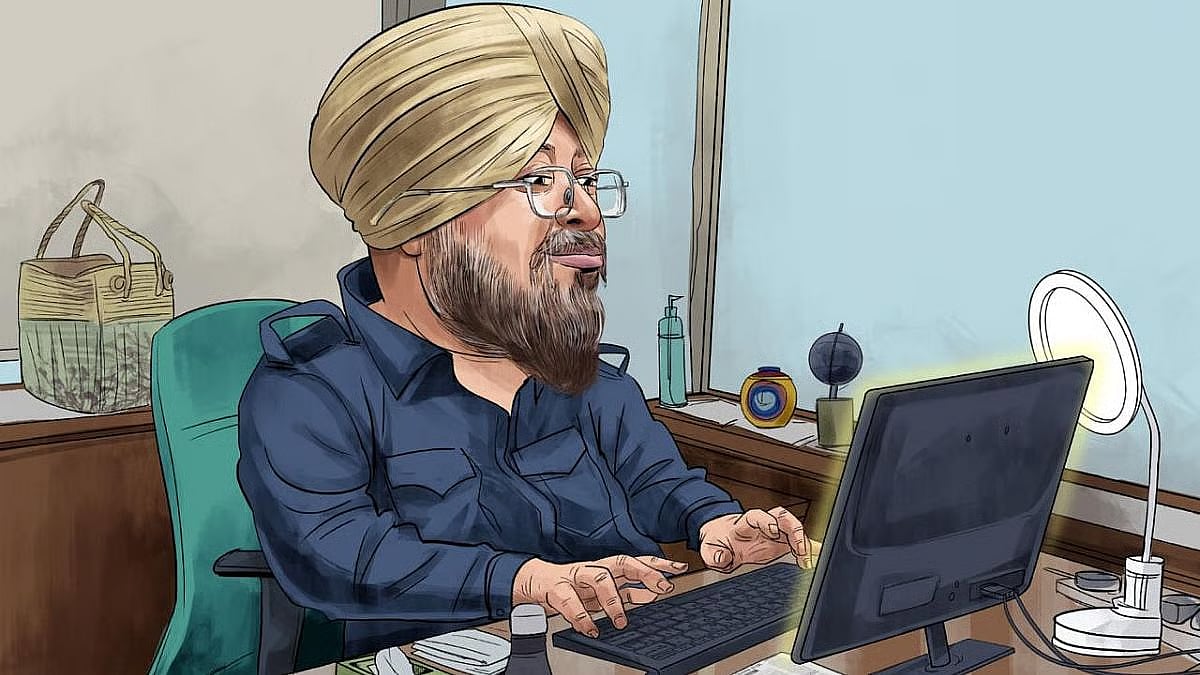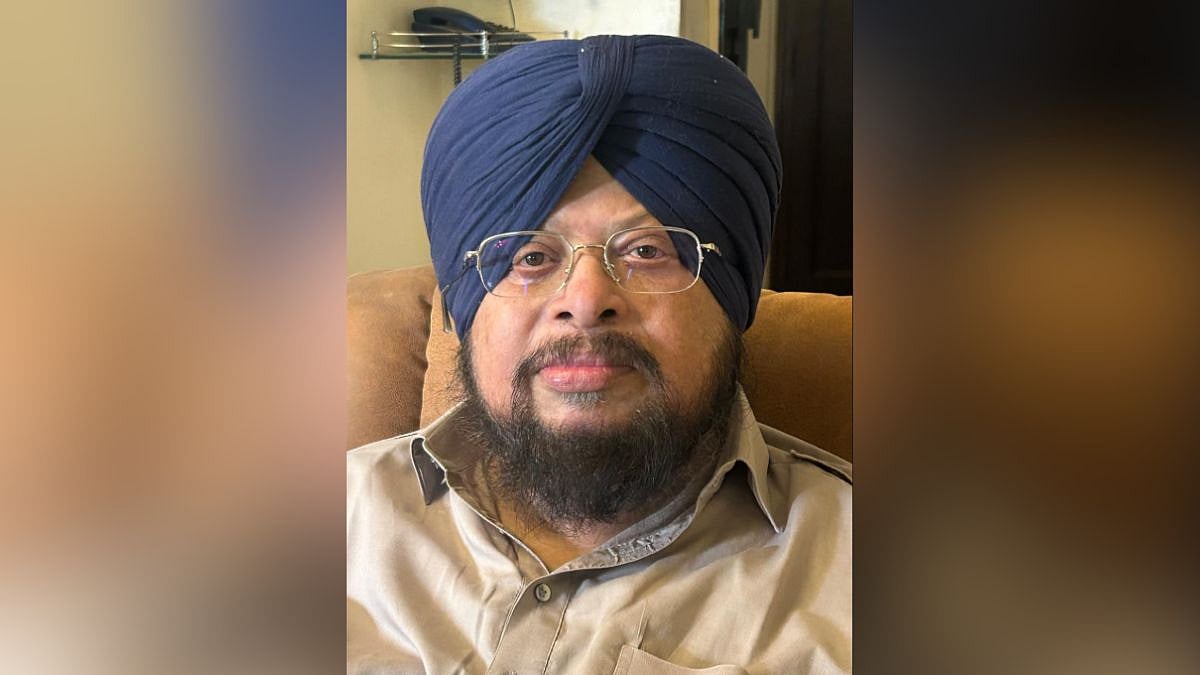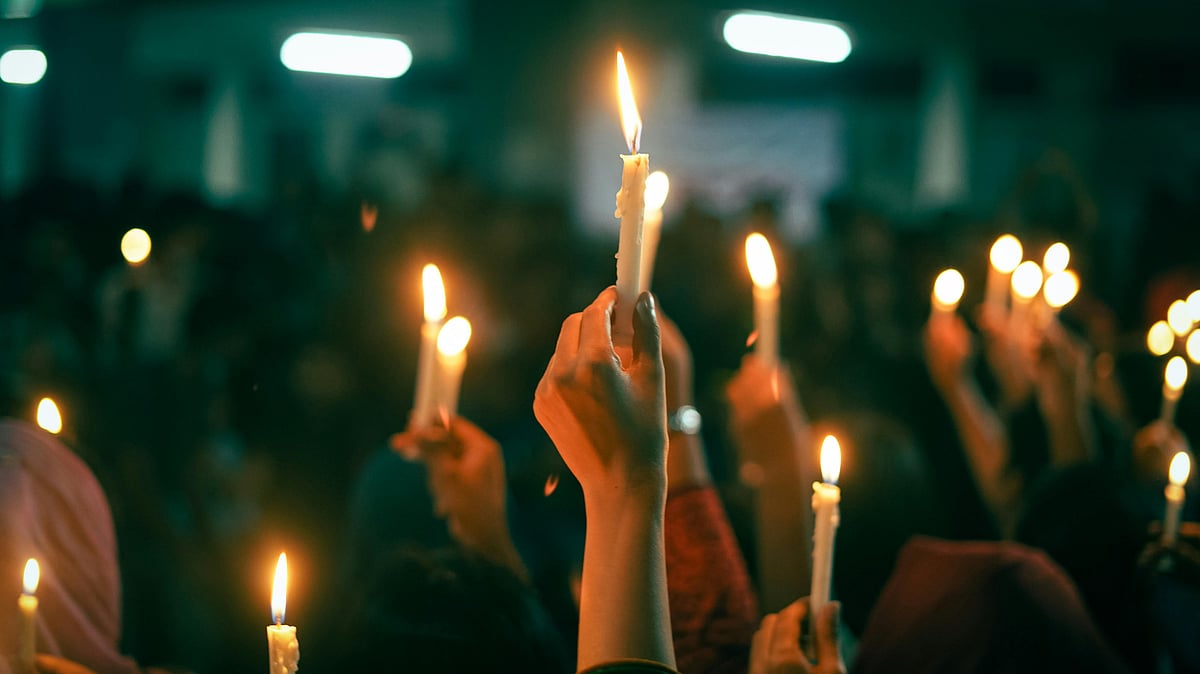When all exit polls of the Delhi election point in one direction, decoding the actual outcome, which will be out on December 11, may require one to go beyond what is just apparent. The winner could be Arvind Kejriwal-led AAP just as all the exit polls have predicted. But, there could also be an element of big surprise. If the BJP survived as a formidable opposition, its showing could be a commentary on the public resonance on many issues that dominated the narrative.
If the AAP comes back with a bang like it did in 2015 (when AAP won 67 of the 70 seats in Delhi), Kejriwal could be fancied as the new face of the Opposition. He will have reasons to look beyond Delhi again, egged on by his admirers to take on Prime Minister Narendra Modi for the remaining years of his term in office.
Depending on the quantum of the mandate, Kejriwal is bound to attract encomiums for getting his poll agenda right with his brand of nationalism and welfare-development mix. He has already been noticed for deftly refusing to walk into a BJP-laid trap and resisting every temptation to follow a “left-liberal” narrative, despite a huge moral support from these quarters.
More importantly, a 2015-type victory would show that the BJP had no one among its ranks in Delhi to match upto him. Among the opposition leaders, Kejriwal will be credited for virtually re-inventing the wheel of the politics of welfare.
His bouquet of better-run government schools, mohalla clinics, subsidised water and power and bus rides for women may become the standard template for other chief ministers to win polls — just as Jayalalithaa’s largesse like Amma canteens and MGR’s mid-day meal in schools did once. One is already hearing about the Maharashtra government taking a cue from the AAP’s formula and readying to offer 100 units of power free of cost to the poor.
A hattrick for Kejriwal would certainly also mean that Union Home Minister Amit Shah may have to accept a sort of personal responsibility for the BJP losing face in Delhi like it did in Chattisgarh, Rajasthan and Madhya Pradesh and Jharkhand.
Wasn’t it a Shah-versus-Kejriwal battle all the way?
The blame on Shah could be for micro-managing a campaign that should have been led by local leaders. What more, Shah could also be guilty of repeating an old strategy of overhyping national issues at the cost of development ones.
Issues like regularisation of illegal colonies through a law passed by the BJP-run Centre may have not got enough traction in the din caused by the political story over the Citizenship (Amendment) Act (CAA). Perhaps, the BJP could have avoided the situations in which its ministers were seen resorting to the heat-of-the moment kind of provocative language.
If there was a silver lining, it could be that a victory for Kejriwal could spare the BJP leadership of ills of managing Delhi’s problems. It will be left to Kejriwal to handle his new promises to voters. He has faithfully included some of the old ones that could not be implemented.
Even if Modi is not able to insulate his leadership completely from the fallout of Delhi poll, he could still re-direct the energy of the BJP on his government’s main flagship programmes, which will determine outcomes in the next round of elections in Bihar in November this year and in Assam, West Bengal, Kerala and Tamil Nadu in 2021. A setback in Delhi is something that he and the BJP can live with.
But, what if the gains for the AAP were not as impressive as the exit polls had predicted? What if the BJP were to inch closer to the half-way mark in the 70-member Delhi assembly? What if the unthinkable happens? The BJP wrests power?
In such a scenario, the staunchest critics of Modi will concede that the BJP succeeded in getting popular support on many core issues. Even some opposition leaders may accept, albeit privately, that the Shaheen Bagh stir by Muslim women since December 15 last year against CAA helped only fuel Islamophobia across Delhi. This was definitely capitalised by Shah and his team of campaigners.
At his rallies too, Modi had not minced words on what he thought of such organised protests, which affected movement of residents of Delhi and questioned the very legitimacy of acts passed by Parliament.
It would also dawn on the organisers of such protests that any mass movement against legislations like CAA cannot hope to draw support at large. They cannot be sustained forever if the masses are not convinced that the government is at the wrong end.
No wonder, a cautious Kejriwal refused to be drawn directly into the the CAA row. Though his deputy Manish Sisodia voiced support, Kejriwal did not once visit Shaheen Bagh where a large number of Muslim women have been protesting against the CAA.
In fact, when the AAP realised that the protest was polarising votes towards the BJP, its spokesperson Sanjay Singh even appealed to the protestors to call off the stir.
But the real pumpkin of the Delhi poll results could be the Congress. In the event of the Congress drawing a blank, the talk of an understanding with the AAP would appear more real than ever before.
The writer is a former Senior Associate Editor of Hindustan Times and Political Editor of Deccan Herald, New Delhi









